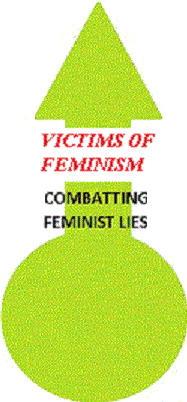Home > Issues > the Law > Submission on Women's Access to Justice |
||||||||||

|
Empowering Men:fighting feminist lies |
|||||||||
Submission to the Law Commission on Women's Access to Justiceby Peter Zohrab (1996), on behalf of the New Zealand Men's Rights Association |
||||||||||